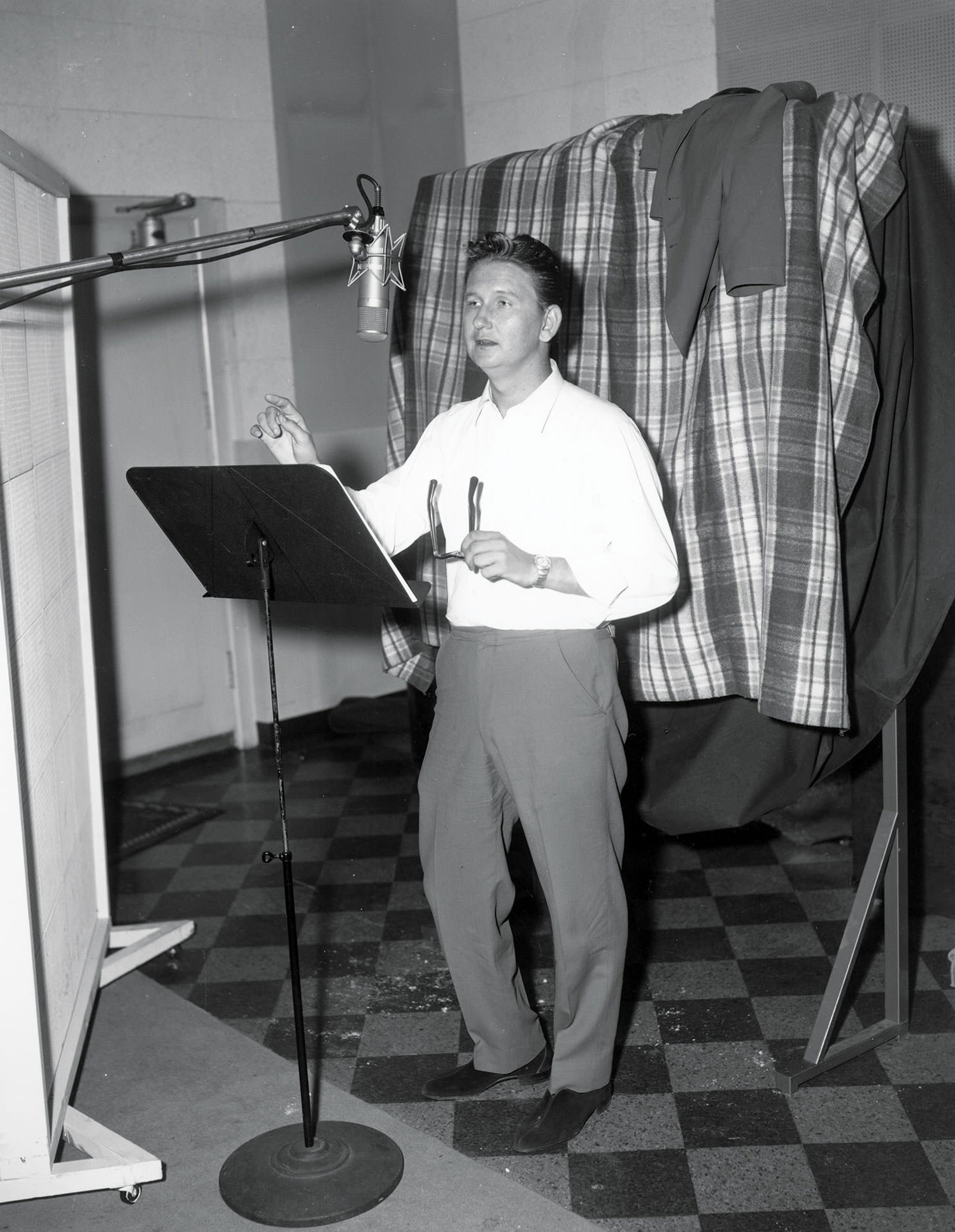I was reading a review in another recording magazine in which the writer opened up complaining about a device's external wall wart power supply. He went on and on about how irritating wall warts are and how he was miffed that anyone would even use them. My take was the reviewer was implying that the gear maker was screwing the public by using an external wall wart — the implication being the manufacturer was too stupid or lazy to "do it right," or that they were intent to torture us when we try to plug these darn supplies into the wall. When something appears stupid at face value, there are probably economics or politics underneath the surface.
Of course, there are reasons wall warts are bothersome. They take up too much space on power strips, blocking adjacent outlets. You're required to use that specific supply (or have a spare with the same voltage and amp ratings and the correct form factor plug — lose the wart and you're out of luck. Also, they continue to draw power even if when unit is switched off, something a lot of people don't know. The constant draw is a waste of electricity while doing nothing but generating heat. Finally, in some cases poor circuit design can generate interference that affects other audio gear. That said, let's review the reasons why a manufacturer might choose this type of power supply.
There may not be room to include a power supply inside the device. This is often true with half-rack-sized and desktop devices. Moving the power supply out of the unit also removes a source of heat, keeping it further from sensitive electronic parts. Another benefit of the physical separation is increased noise isolation, or a reduction in the amount of shielding that must be included should the supply be inside the device. Dave Derr (of Empirical Labs and designer of the Distressor) points out, "Power supplies almost inevitably cause some kind of noise (transformer induced or otherwise) when they are inside the unit. We go to great extremes to minimize this noise, using proper power supply positioning, toroidal transformers, and noise-cancelling mechanical designs. However, there is some high-end audio gear that uses external supplies (quasi wall wart), just so they don't have to deal with transformer shielding at all. George Massenburg Labs uses external supplies for some of their exquisite designs, and I would think this gives these devices, such as their legendary GML 8300 mic preamp, some extra immunity to hum and buzz from transformer fields."
When something appears stupid at face value, there are probably economics or politics underneath the surface.
One of the most common reasons is economic. External supplies allow a manufacturer to sell hardware across the globe. By picking the correct external wall wart, the manufacturer can obtain certification from various government regulatory bodies without having to shoulder that cost for every territory. There is also a safety issue. One U.S. manufacturer confided, "Some designers just aren't comfortable designing and testing their own power supplies. Instead of hiring an engineer, they find it easier to buy an Underwriters Laboratories [UL] approved unit and get their product to market. It's one less headache to deal with."
Today, our increasingly energy conscious society is paying attention to the waste of keeping these supplies constantly plugged in. In a studio, one can have wall warts running off rack-mounted power distribution where they can easily be shut off when not in use, but advances in smart power distribution or something akin to the seemingly mythical mPATHX products may eventually help out.
I'm not saying you have to like wall warts, but at least now you may understand several reasons why they exist.





